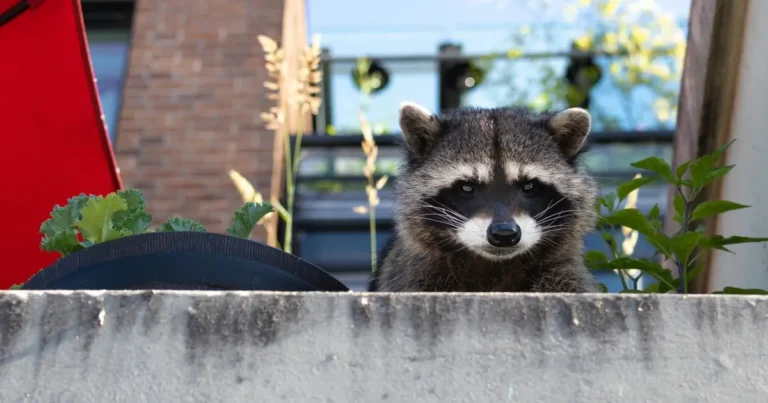
Above, chimpanzee mother Tessa nursing her daughter Tina in the protected forests of the sanctuary. Photo by Ana Giovanetti.
By Ana Giovanetti
Volunteer Writer
If you’ve ever been awakened by an overzealous rooster, I salute you in solidarity. Often perched outside my window, because “why not?”, these were my Zambian mornings.
Last year, I took on the role of African Impact’s Project Manager for their former Chimpanzee Project at Chimfunshi Wildlife Orphanage Trust, the world’s largest chimpanzee sanctuary. My job was to manage their volunteer project, develop the community’s involvement in conservation and steer clear of malaria. Two thirds were successful – well played, mosquitos!
My volunteers would often join our project as Africa first-timers. Excited to contribute towards primate conservation and welfare – they could not wait to meet the chimps. What they could not foresee was the personal impact and lasting imprint the community would have on their lives back home. And frankly, neither could I.
Prefacing back to graduate school, my lecturers focused heavily on the social dimensions of conservation. We learned how initiatives should invariably include a community and stakeholder involvement plan if they are to gain traction and abiding success. This made sense. If people are (often) at the root cause of conservation challenges, they should also be the answer. However, it wasn’t until I witnessed communities in action that this concept, until this day, began guiding my conservation principles.
Around 7am, I’d open the door of my cottage to our camp residents. Several volunteers, my project coordinator, two to four dogs, cats, chickens, calves and rescued/rehabilitating vervet monkey, owls and hawks – getting ready for the day. Mornings included a round of “mulishani!” (bemba local language) greetings for residents and staff. A grounds worker with a smile you’d never forget, a band of the hardest working women and office staff trickling into work.
The warmest of greetings where one could almost forgive a rude awakening. Almost.
The chimpanzee forest enclosures were maintained by animal keepers whose children we would visit weekly at the local school. Volunteers would participate in behavioural enrichment, sanitation, grounds maintenance and veterinary requirements. Chimpanzee food was grown in the local farm, a plethora of vegetables and fruits to subsidize care costs.
Whether this was your goal, as a volunteer, you left the experience with an intimate account of those who benefit through the conservation of wildlife. This often drove an innate drive to make certain others are as fortunate as they are. That future generations can enjoy what our natural world has to offer.
You see, volunteers learned how community is integral to the protection of wildlife. The wildlife provides a sustainable means of income for a community that would otherwise rely on alternate, at times harmful methods of sustenance. And this is where real conservation takes place.
The sanctuary employs over 60 staff members and provides housing, medical and education for over 300 people. They hold regular meetings to discuss challenges both in animal care/rescue as well as within the community in housing, medical and education. A multi pronged approach that fosters a strong foundation for the protection of an endangered species through community incentives.
The biggest threat to chimpanzees and large African fauna is deforestation and the bushmeat industry. The illegal and unsustainable destruction of forests is exacerbated through the cycle of poverty and need to sustain one’s family. By providing alternate income and security, the sanctuary lifts the demand for natural resources in a sustainable way. This results in over 13,000 acres of protected forests providing habitat and nutrition for mammals, birds, amphibians, reptiles and insects. Snare removal, security and a place for people to enjoy nature.
A conservation strategy built from the bottom up.
While there were long days and often interrupted nights, this experience was invaluable in my personal growth as a conservation biologist. The job taught me to seek and appreciate organizations like The Fur Bearers and The Young Defenders who work closely with the public, constructing solutions for wildlife challenges. Those that live, work and enjoy wild spaces hold a critical place as conservation advisors and action-takers.
Whether you’re on this continent or the next, conservation starts with people. It begins with understanding and common ground. From there grows relationships and compassion – and this leads to actionable change.
In the end, it was evident that volunteers came for the wildlife and stayed for the people. Supporting community initiatives was certainly the underlying message for preserving nature’s splendor in these ever-changing times.
